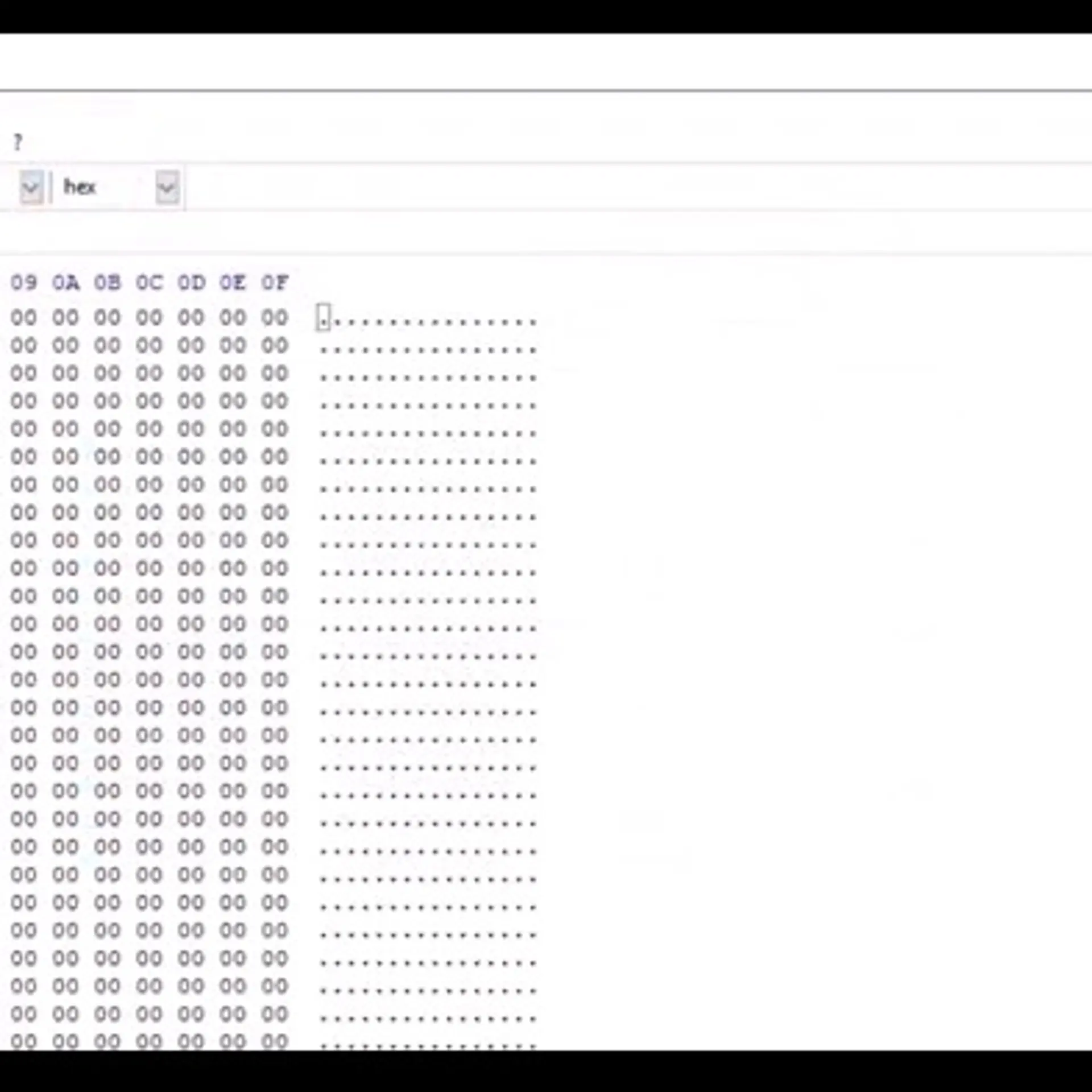

Cracking logistics as a 'service' code!
Although technology is the primary enabler that can make a significant impact to enhancing efficiency, there are more, rather subtle factors that go a long way too!
No - I'm not going to talk about the long-haul or the hyper-local! I'll be talking about the lesser known local (often called intra-city or short distance) logistics.
Short distance B2B logistics is an ecosystem in its own. When we first started to understand it over endless cups of cutting 'chai' and talks with mini-truck owners, almost all the data we could collect was disparate. There did not seem to be a correlation between how the market was priced and what seemed to be the 'right' quote for a customer.
Compound it with the fact that the city had its own micro-ecosystems depending on which geographic area you were in. And then we have the whole 'convention' which is decades old, on how this market operates. All in all; not a pretty picture for someone who wants to create a new-age business out of it!
There is a 'convenience' in the way the market operates today. The business customers have long standing relations with a few local mini-truck DCOs (driver-cum-owners) and these guys turn up diligently every morning at the customers' doorstep to pick up the first loads of the day. They work on an 'understanding' in terms of requirements as well as payments. These drivers know all the customers' clients personally and often even do odd errands for them. That's the way it's been for years!
This throws up an interesting challenge - Mindset - both on the supply and demand side of things. So, we are where Uber and Ola were, when they first entered the Indian market!
Location, location, location - The whole business depends on location - current location of an asset, load pickup location, load destination location, historical location data and what not. Almost everyone relies on Google Maps because of its ease of integration and a fairly comprehensive set of features out-of-the-box. However, Google Maps data has a its own set of challenges:
1. Only a minuscule percentage of physical addresses are mapped to geolocation data in India. This is because of the dynamic nature of our geography. Streets pop up, diversions are a regular feature and our cities and towns are not really laid out in a neat grid to be able to map them out.
2. The traditional terminology of navigation instructions is not understood by us in India at all. We do not navigate by directions like "head south on 5th Street". We navigate by landmarks and physical features like "take the right turn next to ABC Store".
3. Although Google algorithms are fairly accurate (and improving each day) in terms of determining ETAs/ travel times; their estimates are grossly inaccurate for the kind of vehicles used in local transportation. The travel times are estimated for passenger vehicles and are nowhere near close to the travel times for mini-trucks in the business.
4. Routing does not take into account our cities' no-entry restrictions. Hence a route as determined by Google Maps may not be the actual route that can be taken by a truck to reach its destination in the city.
A significant chunk of time is lost in searching for addresses while doing a pickup or delivery. Emerging tech-driven players in the delivery/ last-mile space are coming up with innovative approaches to address these problems.
Some have created grid overlays on geographical maps of our cities to be able to handle location address 'pockets'. Others have started giving navigation directions in local parlance that makes sense to us. Still others have decided to go to the roots and reverse-geo code and alias addresses and hence create their own location database (which can be used as an overlay).
Ownership and accountability - Drivers typically have a mindset that drives them to drive. For them, a trip’s ownership is not of prime importance. This is because they command a salary at the end of the month.
It is extremely important to imbibe a sense of accountability in the mind of the people carrying a customer’s goods. This is achieved with a simple salutation called ‘Sir’. I know it sounds cliche’d, but it makes a huge difference! It makes them understand that they are as important to the business as we are (which is true!).
Customer Still is the King - I don’t need to stress enough how we as humans, like to feel important! And that is true for everyone. The softer aspects of a service delivery are as important as the hardware. A well defined process of initiating a conversation until closure and follow up goes a long way in making the customer feel comfortable in working with you again.
Aim to provide the right information at the right time, be candid to your customer in odd situations (they appreciate that!) and make sure you hear their opinions!
Our efforts at OnlineTempo are focussed towards getting these pieces of the puzzle right. Our aim is to build enabling technologies - for our driver partners and our customers!






